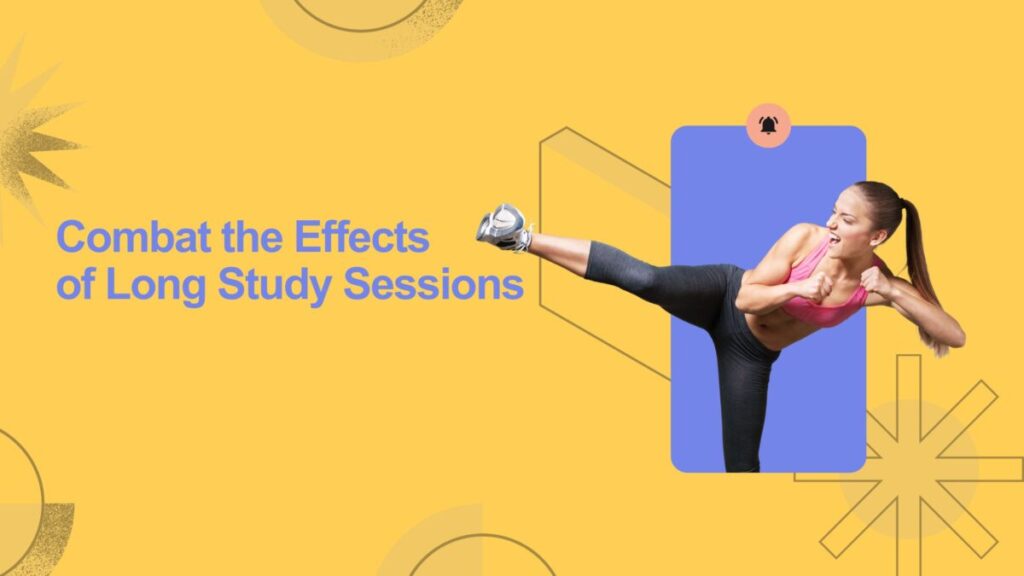5 simple extensions to combat fatigue study
Whether you are wandering in tests, working on homework, or simply trying to get a pile not related to reading, as a student, you are likely to be aware of long hours of sitting. Here is something you may not know, though: the extended sitting is actually harmful to you and is sometimes referred to as “new smoking”. It is not only unpleasant. In ways that you may not be aware of, you can expose your health.
However, there is an easy solution, so you should not feel panic. You are not required to spend hours in the gym or be a fitness master. Some basic extensions and separators will be very useful. Let’s discuss why you should move more and how small modifications can improve your mental and physical condition.
Why did you sit for a long time?
However, studies have indicated that long sitting hours can increase the risk of diabetes, heart disease and even some cancer. This happens while the lengthy sitting in your body metabolism slows down and makes it difficult for your muscles to burn fat or convert sugar.
Dr. James Levin, the Mayo Clinic doctor, is discussing something known as “sitting disease”, or health issues caused by the lengthy situation. And students, we are facing a great danger! Many of us find ourselves sitting for most of the day between homework, study and class attendance.
Mental health and stress: Begin to feel better
Long periods of sitting terrible for your mind as much as your body. There is real study stress, so neglecting mental health can exacerbate all types of problems. According to the study of health minds for the year 2024, 34 % of university students with moderate or severe anxiety symptoms, highlighting the great challenges in mental health facing today students. School -related stress can accumulate and affect the ability of the individual to stay enthusiastic, focus, and even get a suitable sleep.
The good news is, though, can help the exercise in it! Mobility in study sessions helps you relax and enhance your position. Your mood can be improved a lot up to a few minutes of simple stretching or standing.
A few extensions or hiking can help you feel more calm and focus, reduce anxiety, and improve your mood. Stretch during a break Feel as if you were reseting your body and thoughts.
Dismantling your study sessions
Sitting may be necessary to study, but it should not be continuous. Experts recommend standing and extend every 30 to 60 minutes. Not only does it keep your body more healthier, but it also gives your brain a break that affects the need, which helps you maintain focus and avoid fatigue.
In fact, a study conducted by the American Heart Association found that taking short rest periods to walk or expand throughout the day can improve your productivity and reduce tension. Therefore, you can enhance both your physical health and do your studies by standing several times during study sessions.
5 simple extensions to combat fatigue study
Now, let’s get into the practical part! Here are five minor periods that will not only improve your position, but also reduce material stress from sitting for a long time:
1. The neck extends
You may not realize this, but the long hours you spend looking at books or screens can increase your neck and shoulder. This extension helps to reduce this stress.
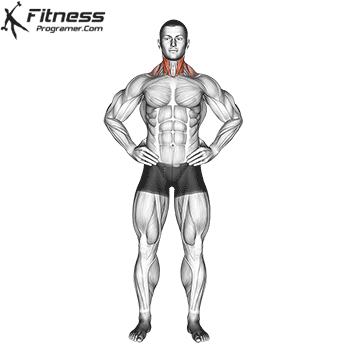
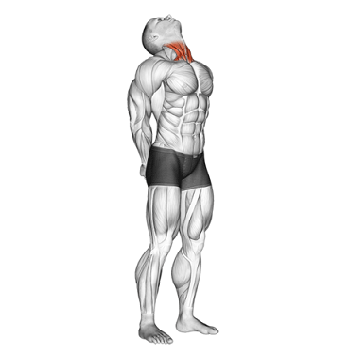
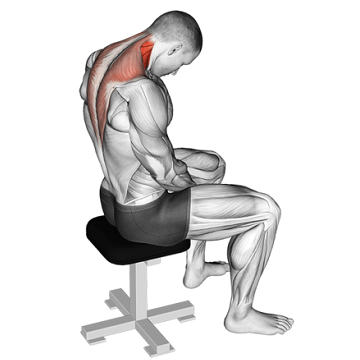
How to do that:
- Sit long on your chair.
- Gently tilt your head towards your right shoulder and hold for 15 seconds.
- Return slowly to the starting position, then repeat on the left side.
- Do this extension 2-3 times on each side.
2. The cat cat extended
This classic yoga step is great to relieve stress in your back and improve your position.
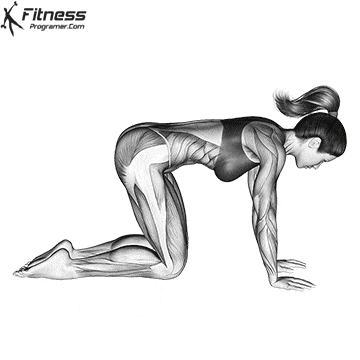
How to do that:
- Sit with your feet flat on the ground and your hands on your knees.
- Inhale when you curl your back, raise your chest and look up (this is the position of the “cow”).
- Exhale while you revolve around your back, and smoke your chin on your chest (this is the position of the “cat”).
- Repeat 5-10 times.
3. The opening of the chest
Sitting for long periods can lead to tightening your chest muscles, which in turn can affect your breathing and position. This extension helps open the chest and shoulders.

How to do that:
- Lifting weapons in the sky of the head, wearing hands behind the head.
- The elbows pushed back, the neutral spine, to deepen the extension.
- Hold for 15-30 seconds, then launch.
- Repeat 2-3 times.
4.

This wondrous extension works on the lower back and spine, and the areas that tend to become harsh when sitting for long periods.
How to do that:
- Sitting at the front of a chair with one cultivated foot.
- Cross the other leg on one cultivated.
- Understand the leg of the upper leg and thigh.
- Gently pull it towards your opposite shoulder until you feel a deep swarm.
- Hold for 15 seconds, then slowly return to the center. Repeat 2-3 times.
5. Stand forward
This is an excellent one to extend the knee and back strings in the lower back, both of which can be tight from sitting.
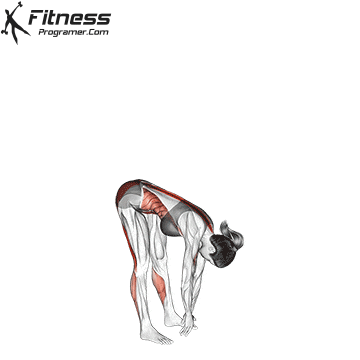
How to do that:
- Stand and bend slowly forward at the waist, letting your arms flow to the ground.
- Keep your knees a little if necessary, and leave your head and neck to relax.
- Hold for 15-30 seconds, then slowly arise to stand.
- Repeat 2-3 times.
Reward: a friendly movement of the office
If you feel you need more than just extensions, here are some simple movements that you can do directly in your office:
- Raise the leg sitting
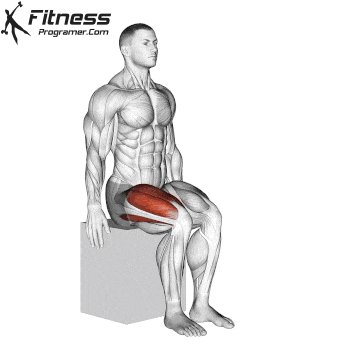
- Sit up straight with your feet flat on the floor.
- Correct one leg and hold a few seconds, then lower it.
- Repeat with the other leg.
- Are 10 representatives per leg.
- Squatting
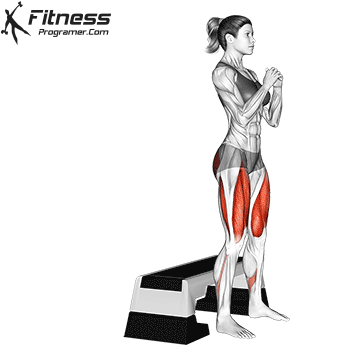
- Stand in front of your chair with your feet with a hip width.
- Slowly squatting down as if you were sitting on the chair, but stopped before touching it.
- Stand back.
- Are 10-15 representatives.
Small changes, major results
By combining these extensions and movements in your routine, you will help your body fight the negative effects of prolonged sitting. You will not only feel my physical improvement, but these breaks will enhance your focus and mental clarity – necessary for these long study sessions.
Remember that the key is consistency. Set temporarily to remind yourself of moving every 30 minutes, and soon it will become the second nature. Your back, neck and brain will thank you for that!
Final ideas
Sitting for hours may seem part of the kidney experience, but it is not something your body was designed to do continuously. Therefore, he used to take rest periods, extend, and move throughout the study sessions. It doesn’t take much, but all the difference can happen in what you feel – and how much you study!
Whether you are preparing for exams or writing papers, these simple extensions can help you keep your health, focus and ready to treat anything that comes on your way.
